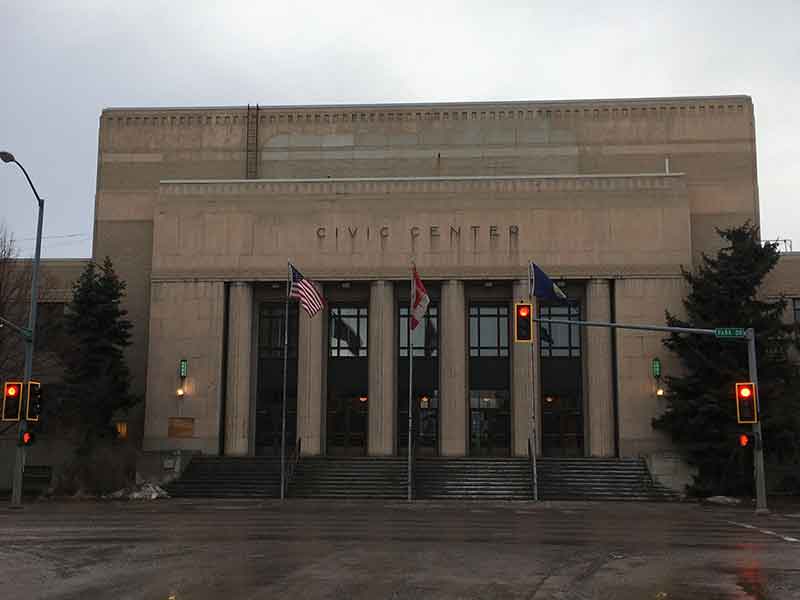On February 6, the Great Falls City Commission will vote on Ordinance 3170, a piece of municipal law that I feel could interfere with our Constitutional right to peaceful assembly within city limits. The ordinance seems innocuous until one delves further into it and finds a whole new section entitled: “Chapter 14.5 PARADES, PROCESSIONS, FUN…
Author: Jeni Dodd
More On Madison Food Park — Jobs And Water
Mr. Nikolakakos, I think you’re better off opposing this on the water/Madision Aquifer issue. That may be the strongest argument. You called Weissman’s assessment regarding jobs “silly.” However, I found much of your information to be misleading. First, you mentioned you posted the One Montana Feasibility Study. I found no such study posted on the…
Great Falls Public Schools Alternative Procurement Through A Different Set Of Eyes
Phil Faccenda’s articles about Great Falls Public Schools building procurement procedures made me want to take a closer look. State law (Montana Code Annotated or MCA) dictates requirements for the use of alternative delivery project contracts. So I visited Great Falls Public Schools website and perused the documents I could find that are related to…
GREAT FALLS CITY STAFF, ZONING BOARD AT ODDS OVER FOX FARM DEVELOPMENT
An interesting new wrinkle in a Fox Farm area planned unit development (PUD) for a hotel complex has city staff at odds with the city planning advisory board/ zoning commission. The proposed ordinance covering the change, Ordinance 3182, comes to the city commission with a negative recommendation from city staff and a positive recommendation from…
Madison Food Park Questions
I’m not taking a side; I just have some questions. I repeat, I’M NOT TAKING A SIDE–yet! I want more information to form an informed opinion. First off, a complaint–Why did Great Falls Area Concerned Citizens plan an informational meeting about this important county-wide issue on Tuesday December 5 at 6:45 pm when there’s a…
Shots Fired In City Parks Gun Debate
The national gun debate has nothing on what is poised to be a hotly contested local Second Amendment battle. Yes, concealed weapon permit holders are currently allowed to carry their weapons in city parks, including the River’s Edge Trail, according to our City Attorney Sara Sexe. Sexe reported at the November 17 city commission meeting…







